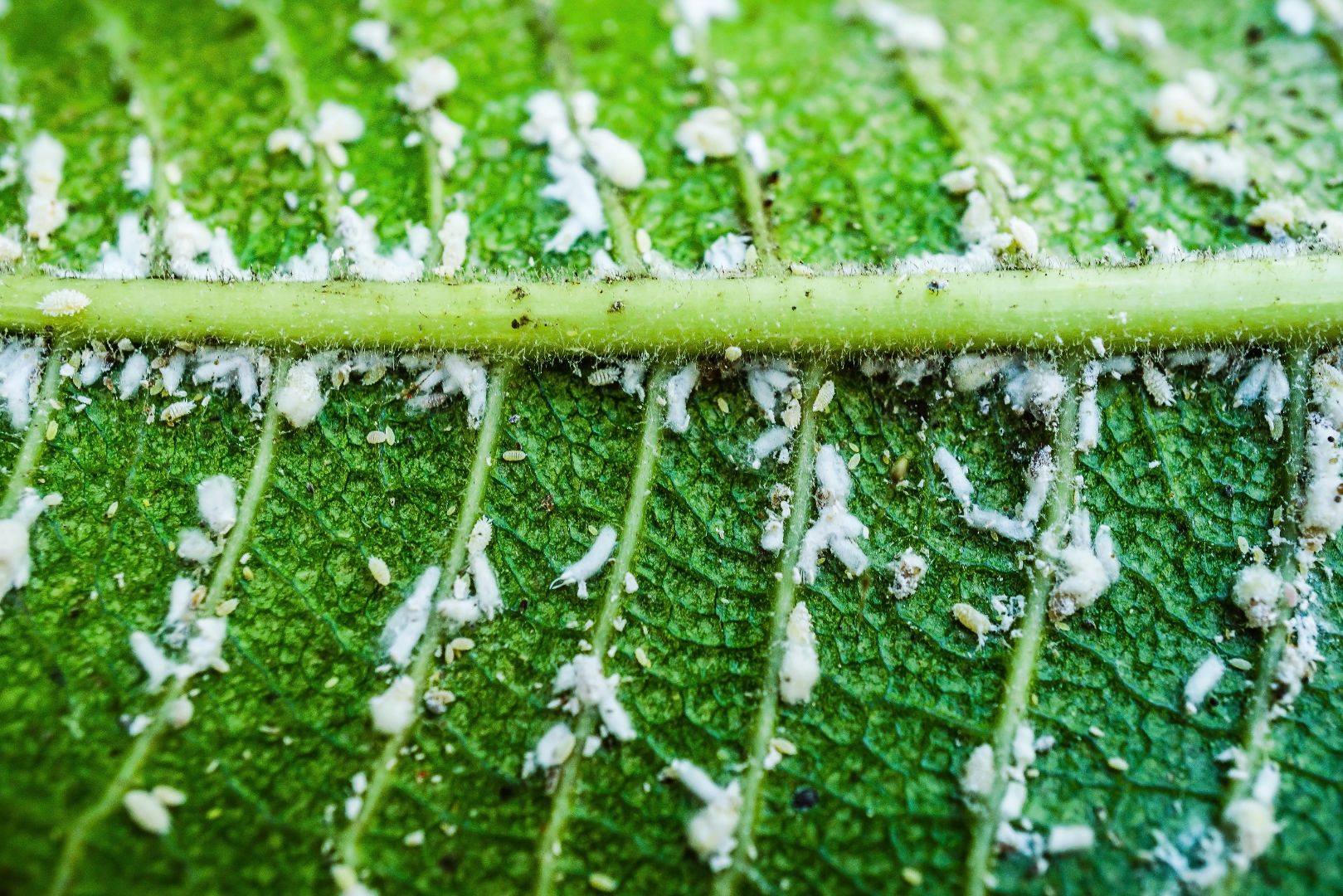Pest Management Strategies for Indoor Growers
Indoor gardening, especially under controlled conditions provided by LED grow lights, grow tents and ventilation kits, offers numerous advantages over traditional outdoor gardening. One significant benefit is the ability to manage pests more effectively. Pests can severely impact the health and productivity of plants, whether you're growing seedlings or cultivating specialty crops like mushrooms. Utilizing grow tents made from PEVA materials, which are easier to clean and less prone to mold than traditional mylar, can drastically reduce the risk of pest infestations. Here, we outline essential pest management strategies for indoor growers to ensure your indoor garden remains healthy and productive.
The cornerstone of successful indoor pest management is cleanliness. Regularly clean and disinfect your grow tents and tools to prevent the introduction and spread of pests. White PEVA material tents are particularly advantageous as they are easier to wipe down and maintain. Ensure that the space around your grow area is also free of debris and clutter where pests might hide.

Constant vigilance is key to early pest detection. Regularly inspect your plants for any signs of pest activity. Look for discoloration, spots on leaves, or visible insects. Use sticky traps around the grow area to monitor and control flying insects. Early detection can prevent a minor issue from becoming a full-blown infestation.
Investing in high-quality LED grow lights, such as those offered by Active Grow with high CRI (Color Rendering Index) lighting, enhances your ability to spot pests early. These lights provide a more natural light spectrum, making it easier to identify subtle changes in plant color and texture that may indicate pest presence. Early identification allows for quicker, more effective interventions.


Effective management of temperature and humidity is crucial in keeping pests at bay. Utilizing ventilation kits from Active Grow can help maintain these environmental factors within optimal ranges. Active Grow's kits include either carbon filters or Spore Stopper filters, which are designed to keep even the smallest pests, such as spores and mites, out of the grow space. Proper ventilation not only reduces the likelihood of pest invasions but also improves overall plant health.
Physical barriers can effectively keep pests out. All Active Grow Walden Grow tents feature fine mesh screens on air intakes and exhausts, which allow fresh air to circulate while preventing flying and crawling insects from entering your grow space. Additionally, placing a layer of gnat nix or sand over the soil can prevent fungus gnats from taking hold.

Introducing beneficial insects such as ladybugs, predatory mites or nematodes can provide natural pest control without the need for chemical pesticides. These predators naturally keep pest populations in check, maintaining the ecological balance within your indoor garden.
Whenever you introduce new plants into your grow space, quarantine them away from your main grow area for at least a week. Inspect them regularly for any signs of pests or diseases. This practice helps prevent the spread of potential infestations to your established plants.


Whenever possible, opt for plant varieties known for their resistance to pests. These varieties can significantly reduce the need for other forms of pest control and contribute to a more resilient grow operation. Some naturally pest-resistant plants include thyme, basil, oregano, dill, marigolds and petunias.
If pests do appear, consider using organic pesticides such as neem oil, insecticidal soaps or diatomaceous earth. These products are safer for your plants, the environment, and your health, especially in the confined space of a grow tent.


The best defense against pests is knowledge. Stay informed about common pests and their life cycles. Understanding what pests might affect your plants and when they are most vulnerable allows you to tailor your pest management strategies effectively.
By integrating these strategies into your indoor growing practice, you leverage the advantages of Active Grow LED grow lights and clean, easily maintained PEVA grow tents to create an environment that minimizes pest issues and promotes vigorous, healthy plant growth. Remember, the goal is not just to react to pests but to create conditions that prevent them from becoming a problem in the first place.








